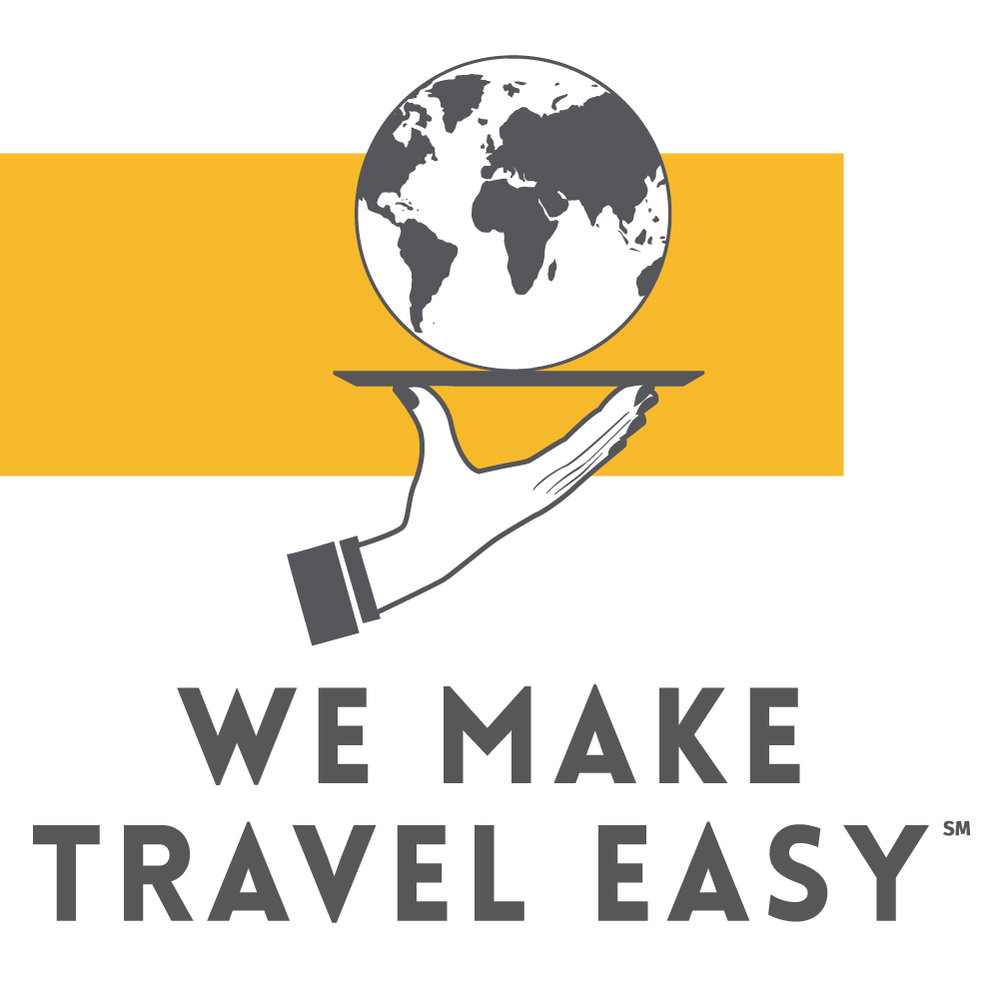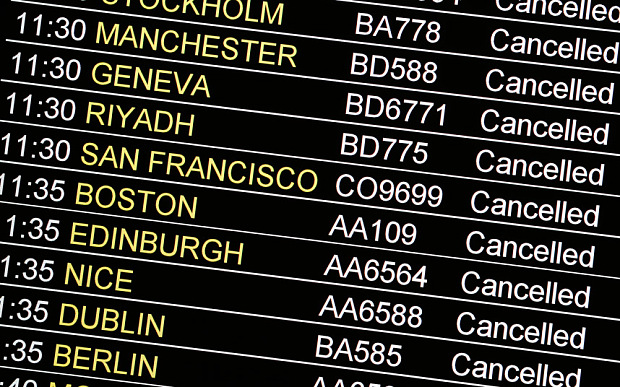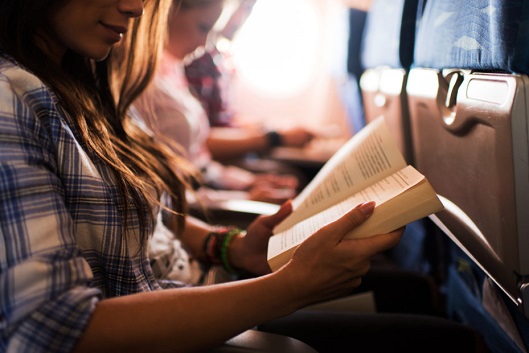Worst Airport Nightmare! Well there is an app to the rescue!
AirHelp is on my phone and it should be on yours. I’m reprinting this article by Gilbert Ott* so that you have all the details on this great service. I hope we never have to use it, but what a great service if we do.
What is AirHelp?
AirHelp is a free app available for Android and iPhone that automatically tracks flights for delays, cancellations, and any other unforeseen circumstances that could mean compensation for passengers. Rather than sending people to a customer service phone number that gives you smooth jazz and automated options instead of a human being, the company does all the work necessary to file and win a claim on your behalf. In fact, they only get paid when you win. Their simple interface automatically tracks all flights around the world for potential claims, making it seamless for users to definitively find out if there's any undiscovered airline money hiding in their inbox, or on their boarding pass. To date, AirHelp has assisted more than 900,000 passengers recover north of $85 million from airlines—and counting.
Don’t Throw Away Your Boarding Pass
OK. But how does it actually work? In early June, Airhelp launched a new boarding pass scanner, meaning you can now file a compensation claim with a single photo of your boarding pass. That's right—even if you're still sitting on the plane and landed more than three hours late, a single picture can initiate a claim, letting you know what you're eligible for. Those old boarding passes? They work, too, up to three years, even potentially for flights where the airline has already denied you compensation.
With the click of a button (on desktop or mobile) you can also sync past travel reservations from Gmail, TripIt, Yahoo, or Outlook with AirHelp's system, which will automatically search through three years of travel history. If you're due some money, the company will offer to file the claim on your behalf and when they win, they'll automatically wire you the money, minus their 25 percent cut for the whole "dealing with the airline" bit. If you'd prefer not to sync all your past travel; and want to input your history manually by flight number and date, you can opt for that instead—it will just take a bit longer.
Know your rights...
AirHelp works worldwide, but a few routes will yield more compensation than others. Certain parts of the world, such as the European Union, have extremely stringent requirements placed on airlines to protect the rights of passengers. If your flight is delayed on arrival as little as three hours leaving the EU on any airline, or arriving to the European Union on an EU airline, you're eligible for up to $671 (€600) in cash compensation. In addition, if your flight is canceled, you're still eligible for a ride to your final destination, on top of the money.
In other parts of the world, such as the United States, where there's no official guidance on compensation, airlines may still compensate passengers in the form of vouchers or miles for inconveniences. While there's no benchmark for compensation in the U.S., a $100 voucher—or 10,000 airline miles—is certainly a good minimum starter. It's not unfair to claim expenses you incurred during the hassle, either.
*This article was originally published in 2016. It has been updated with new information.
Enjoy reading my blog? Sign up for my newsletter to be a We Make Travel Easy travel insider.









